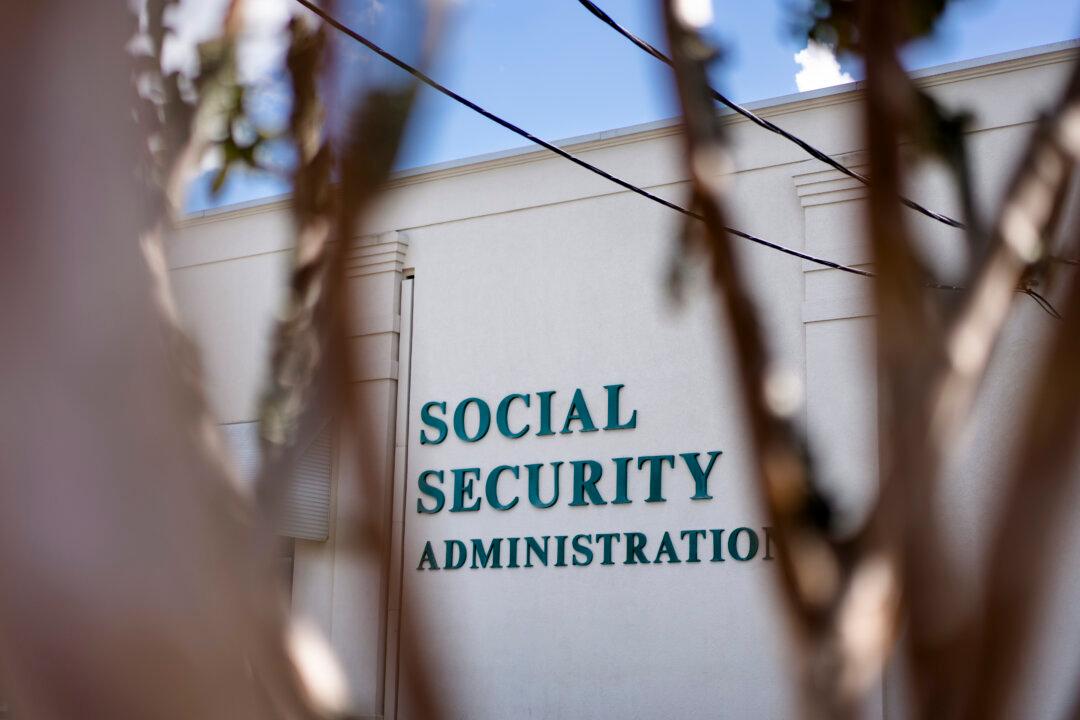Oil prices climbed early Tuesday after Russia–Ukraine peace talks reached a stalemate, but eased toward the end of the day’s trading session as China and Japan—the world’s top oil consumers—reported weak economic data.
Brent oil started April 12 at $100.14 and climbed over 4.7 percent to a high of $104.88 before hitting resistance and closing the session at $104.19. Brent is currently trading at $104.23 as of 2:48 a.m. New York time. West Texas Intermediate (WTI) crude futures started April 12 at $96.17 and are presently trading at $100.15.
President Vladimir Putin said peace talks with Ukraine were “at a dead end” and vowed to push forward the invasion, while Kyiv blamed Moscow for derailing the talks.
The alleged killings of civilians in Bucha had resulted in a fifth round of sanctions, which included coal, the first time Russian energy imports were being restricted. Western leaders have called for war crime investigations of the deaths.
The conflict “raises the specter of continued risk of supply disruptions in the oil market,” ANZ oil analysts said in a note.
Strict COVID-19 measures in cities like Shanghai have resulted in entire sections of the city being under absolute lockdown. China’s economic output has been affected by such zero-COVID tactics.
A total of 127.85 million tons or 10.4 million bpd was imported during the first quarter of 2022, which is 8 percent lower than Q1 2021.
Meanwhile, Japan’s February core machinery orders reported their biggest monthly fall in two years owing to decline in demand from IT and other service-related companies.
Core machinery orders measure capital spending in the coming six to nine months and the recent numbers indicate Japanese firms’ reluctance to invest given the current climate of rising energy prices and depressing pace of global growth.





